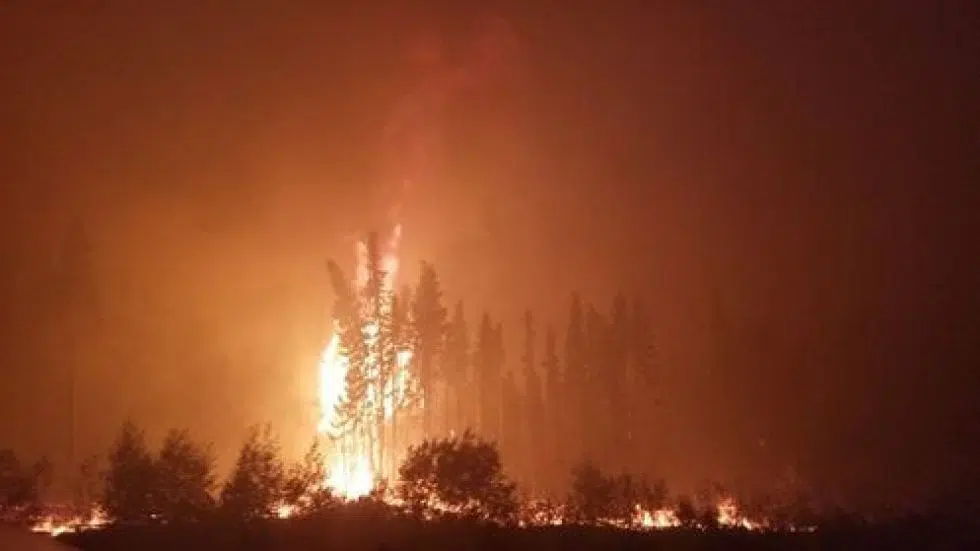
Year in Review: Northern wildfires force thousands to evacuate
As 2017 draws to a close, paNOW is taking a look back on the most important and impactful stories of the year, selected by our reporters and editorial staff.
—
Forest fire season came late to the region in 2017. But when it did it brought some serious and large blazes close to northern communities, and brought thousands of evacuees into Prince Albert to escape the immediate danger and the smoke.
Initial evacuations


